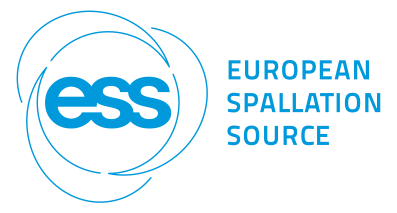Description
Over the last decades, the neutron user community has steadily grown more diverse. While initially experts in instrument and scattering techniques performed the experiments, now users come from various scientific backgrounds and use a a combination of many different methods in order to answer scientific questions. It is therefore more important than ever to provide them with excellent tools for teaching how a neutron scattering experiment is conducted at a large-scale facility, and understanding their results in the context of the specific instrumental settings used.
Monte-Carlo instrument simulation software packages can accurately and effectively model neutron trajectories, whether it be used for optimization of properties for new instruments, or for the prediction of results from real or at least prototypical experiments given an existing instrument. However, their use is usually restricted to experts, and the developer and instrument scientist community cannot realistically provide support to a wide audience of fresh users.
In our approach, we combine the simulation backend with NICOS [1], our experiment control software, in order to present the user with the same interface that they would face at the real instrument, while the detector results are obtained from Monte-Carlo simulations running in the background. The resulting “digital twin” can then be used for teaching and experiment preparation, i.e. getting to know the instrument and NICOS, checking expected results and time needed, but also assessing influence of instrument parameters, e.g. on Q resolution.
We will present the current state of our digital twins for the MLZ instruments, how the two backends for Vitess and McStas are integrated into NICOS, and how the resulting virtual instruments are foreseen to be run and provisioned for multiple users in conjunction with our “Data Analysis as a Service” platform.
References
[1] https://nicos-controls.org/
